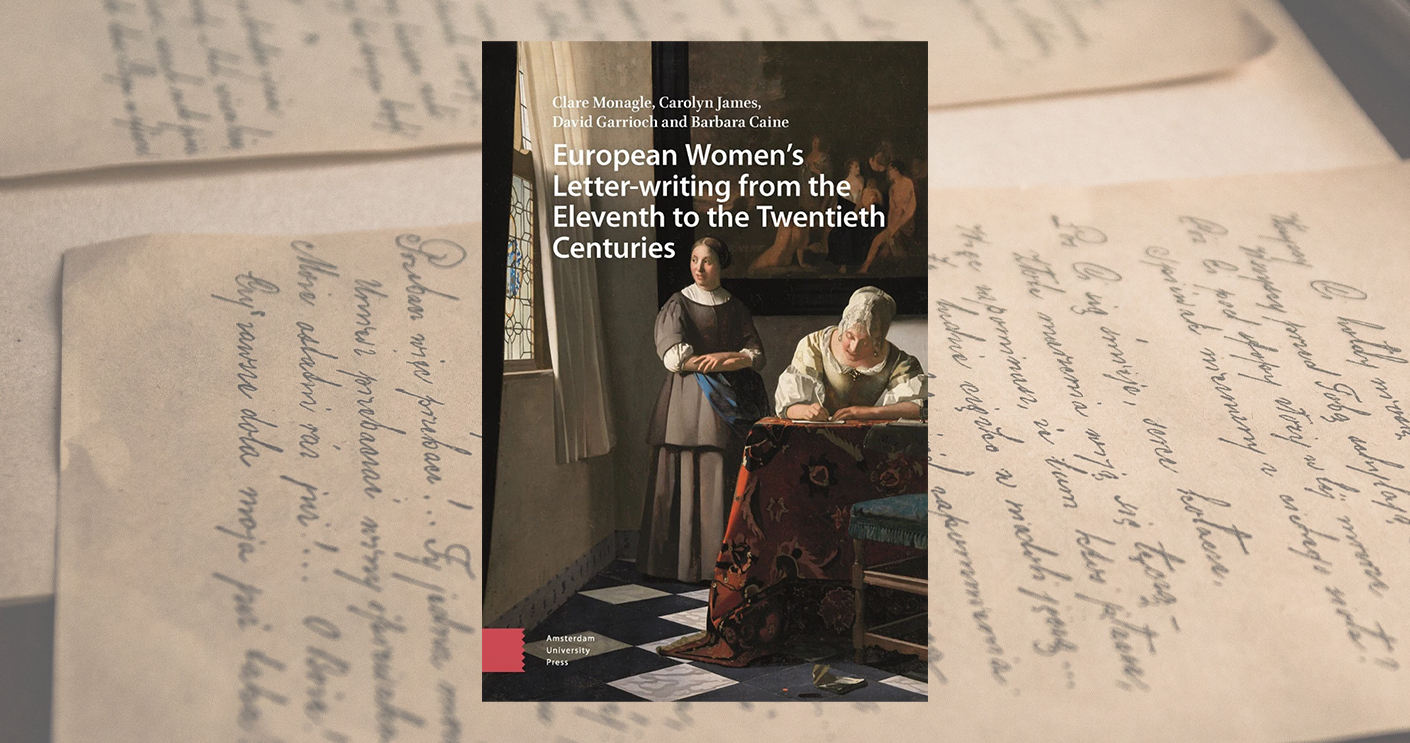 Modern History Discipline Chair Professor Clare Monagle’s latest publication explores the act of letter writing by European women over a 1000-year period, revealing fascinating insights into agency, autonomy and self-expression.
Modern History Discipline Chair Professor Clare Monagle’s latest publication explores the act of letter writing by European women over a 1000-year period, revealing fascinating insights into agency, autonomy and self-expression.
European women have been sending personal letters for centuries, yet the style, tone, language, audience and purpose of those letters have changed significantly over time. European Women’s Letter-writing from the 11th to the 20th Centuries explores the long-term shifts in the practice of letter writing by European women, particularly the opportunity that arose from this form of communication.
The book discusses how letters were written, despatched, received and read, as well as the changing technologies used to produce them across different periods from the 11th to 20th centuries. Importantly, it delves into the changing content of the letters and the need and desire for self-expression through this form of communication, whether it was a way to exercise agency, maintain contact with friends and family, or to express and debate political ideas.
At a time when gendered restrictions limited women’s engagement in the world, letter writing surpassed geographical and social barriers and became crucial for European women’s self-fashioning and autonomy over time. Whether written from the medieval cloister, the Renaissance court, an artisan’s workshop or the drawing room, women wrote to govern, to argue, to plead, to demand, to express love and intimacy, and in doing so, to explain and understand themselves.
European Women’s Letter-writing from the 11th to the 20th Centuries was published by Amsterdam University Press and can be accessed here.


 Back to homepage
Back to homepage